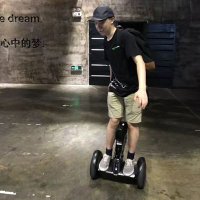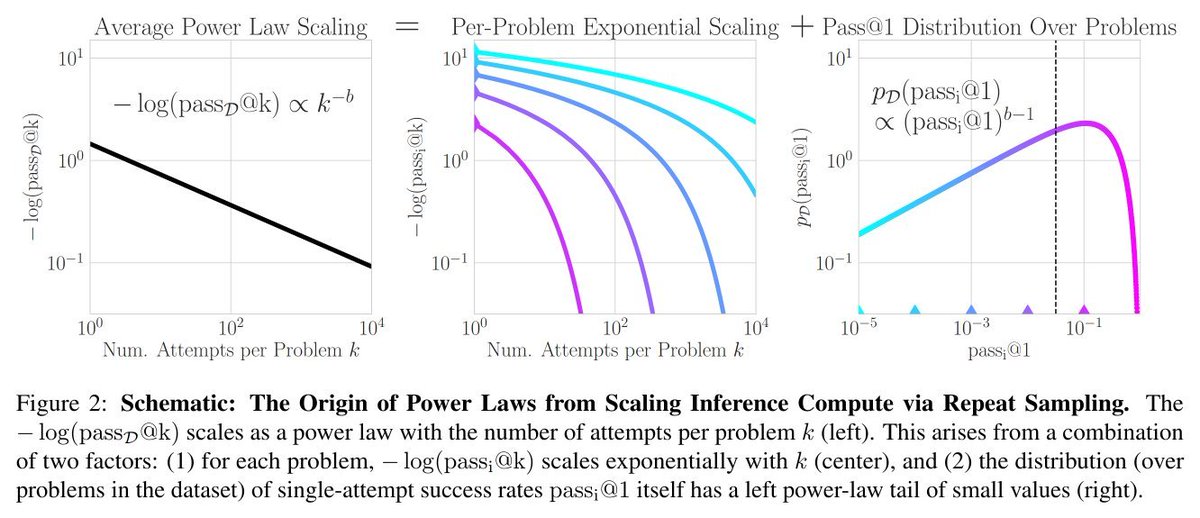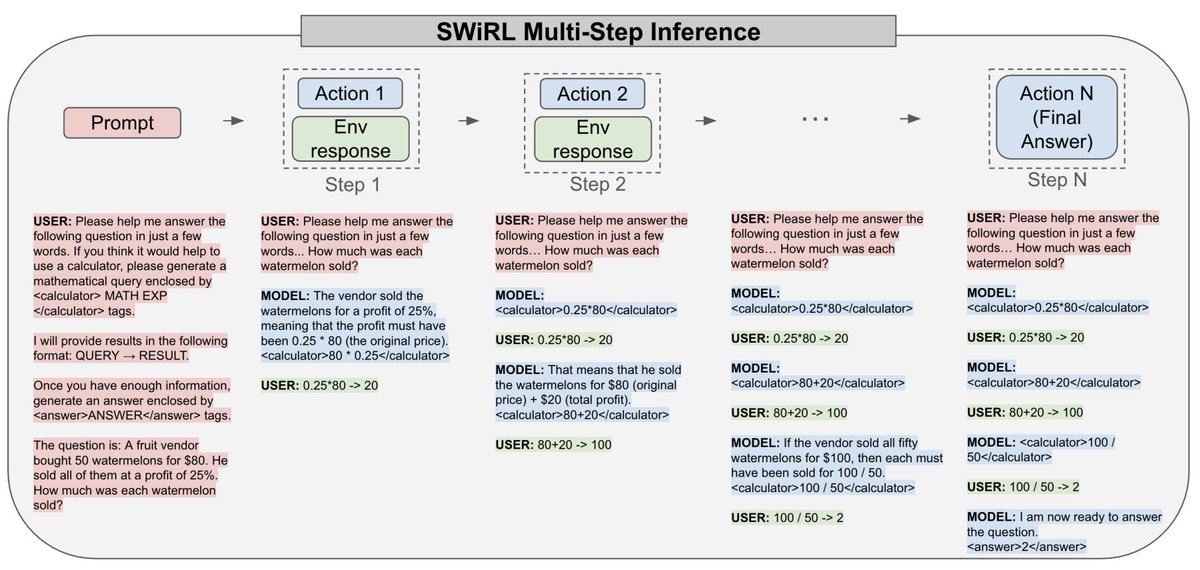
Bradley Brown
@brad19brown
Bit rearranger 👨💻 | Incoming CS PhD at Stanford, CS Master's Student at the University of Oxford
ID: 3064176064
http://www.bradbrown.ca 26-02-2015 23:38:15
57 Tweet
299 Followers
367 Following


we shipp’d 👭 on-device lms and frontier cloud lms. and…they were a match☺️. 98% accuracy, just 17.5% the cloud API costs beyond excited to drop minions: where local lms meet cloud lms 😊 joint work w/Sabri Eyuboglu & Dan Biderman at @hazyresearch. ty Together AI,




























